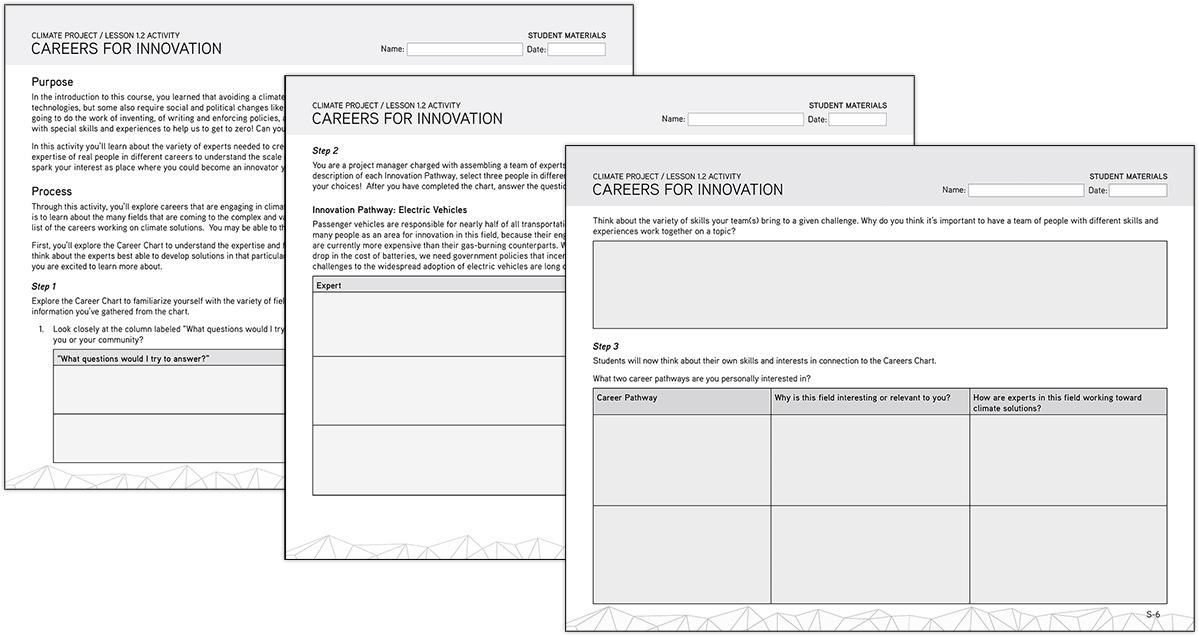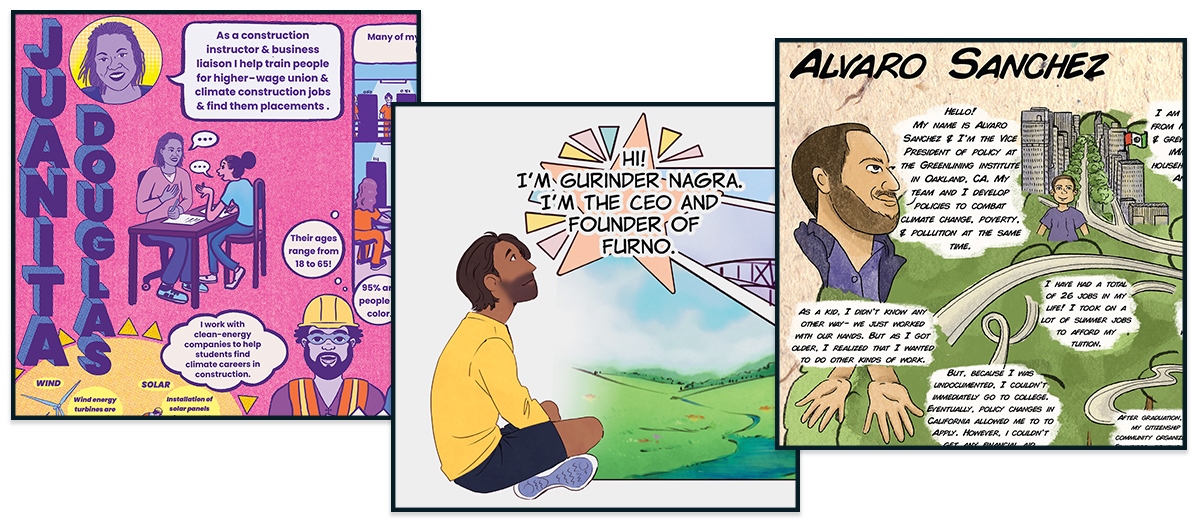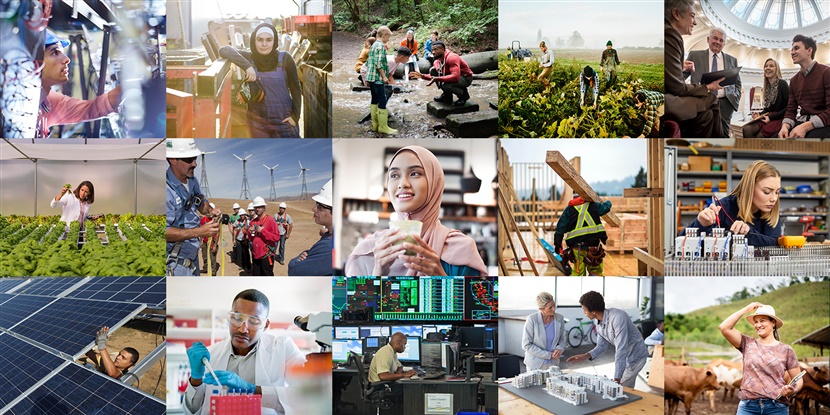By Jodi Pincus and Trevor Getz
I don’t remember learning much about different occupations in high school. I also don’t remember learning career-readiness skills like résumé writing, job-hunting, or interview techniques. Maybe your experience is different from mine, but even by the time I was a university graduate with a humanities degree, I still had no notion what career I wanted to pursue or how to start looking for a job. These are essential life skills. They are skills every student should acquire before graduating from high school, let alone college.
Let’s look at the problem from the perspective of a young person. While you’re in school, you really have little idea what career opportunities are available to you. And once you start to explore the possibilities, you find there are more professions to consider than you could possibly have imagined (as well as ways to start your own business as an entrepreneur). So you suddenly go from having too little information to having too much, with no real help navigating the universe that is open to you.
Many young people today care about the environment and social justice issues, and they want a meaningful career where they can make a difference. The good news is that many occupations today support a carbon-free future and are socially responsible. The problem is that we do not often teach students about these opportunities in school. As a result, they may think their only pathway is environmental science, when they might indeed pursue different pathways suited to their interests and needs, but there are many other ways in which a job can support a carbon-free future without being solely a green job like solar installer or EV technician.
For example, did you know that most decarbonization jobs are in the construction industry? Operating engineers will build the walls that protect areas from sea-level rise, plumbers and electricians will build and maintain electrification technology like heat-pump water heaters, and carpenters will ensure that buildings are made sustainably, using green building principles. Jobs in the construction industry can pay a very good salary with benefits, and in apprenticeship programs—rigorous trade schools where students both work and attend classes related to their vocation—attendees are often paid.
Other professionals who support a carbon-free future include the engineers and architects designing the plans that construction workers implement. Green careers also exist in the legal field; environmental lawyers and policymakers create legislation that supports a carbon-free future. Then there are environmental justice advocates, educators, city planners, scientists, transportation workers, and office workers.
A variety of strategies exist for exposing students to different careers, including holding field trips to work sites and hosting guest speakers who can share their career stories first-hand and talk about how they got there. Every school should have a career readiness program that teaches students basic professional skills as well as exposing them to the multitude of career pathways. Digital literacy is another important element of career readiness and will set students up for success post-graduation.
 Careers for Innovation activity worksheets.
Careers for Innovation activity worksheets.
Some career preparation also takes place within the classroom, including the social studies classroom. In the Climate Project, we see career preparation as an important part of social studies skill-building, and thinking about careers is deeply embedded in our course design. We are working to develop a full suite of tools for students to assess their own interests and skills and match them with green careers. We already have in place some important resources that form a throughline for students. By the end of the Climate Project, students will be including possible career paths in the presentations they share with their peers. This learning begins with a Careers for Innovation activity that matches green strategies and technologies with occupations. Then, in every one of the articles and videos they research, students discover the experts who are leading the fight against climate change: lawyers, policymakers, scientists, technicians, and more. Through our range of graphic biographies, they also meet a diverse cast of individual experts and learn about their career paths. These experts include people like Juanita Douglas, who teaches mainly formerly incarcerated students to install renewable energy technologies; Gurinder Nagra, an engineer devising a process to create zero-carbon cement; and Alvaro Sanchez, a policy leader who focuses on greening lower-income communities. Finally, in preparing their presentations, students are guided to use all this evidence to think about which careers might interest them and their peers. The Climate Project’s curriculum helps students delve more deeply to understand the many climate-related careers available to them and the paths forward they can consider.
 Details from a selection of Climate Project graphic biographies:
Details from a selection of Climate Project graphic biographies:
Juanita Douglas, Gurinder Nagra, and Alvaro Sanchez.
About the authors:
Jodi Pincus
Prior to becoming a consultant, Jodi worked for over 20 years in nonprofit management implementing workforce development, social justice, and sustainability programs, specifically working at the intersection of climate, equity, and workforce development. She served as the Executive Director of Rising Sun Center for Opportunity for 12 years, where she developed innovative green training and employment models that are held as exemplars in both the national and international community. Jodi holds a Green MBA from the Presidio Graduate, School and a BA in Peace and Conflicts Studies from UC Berkeley.
Trevor Getz
Trevor Getz is Professor of African History at San Francisco State University. He has written eleven books on African and world history, including Abina and the Important Men. He is also the author of A Primer for Teaching African History, which explores questions about the way we should teach the history of Africa in high school and university classes.
Cover image: Montage of green and carbon-free jobs. All images © Getty Images.
 For full access to all OER Project resources AND our amazing teacher community,
For full access to all OER Project resources AND our amazing teacher community, 
Top Comments
-

Julianne Horowitz
-
Cancel
-
Up
+1
Down
-
-
Reply
-
More
-
Cancel
Comment-

Julianne Horowitz
-
Cancel
-
Up
+1
Down
-
-
Reply
-
More
-
Cancel
Children